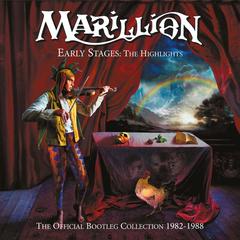
Understanding the Brown Recluse Bite

The brown recluse spider, also known as the fiddleback spider, is a venomous arachnid native to North America. Its bite can cause severe skin damage and other complications. In this article, we will delve into the early stages of a brown recluse bite, providing you with a comprehensive understanding of the symptoms, treatment, and prevention measures.
Identifying the Spider

Before we dive into the bite’s early stages, it’s crucial to identify the spider. Brown recluse spiders are easily recognizable by their dark brown color and distinctive violin-shaped marking on their back. They are typically about 1/2 to 3/4 inch long and are often found in undisturbed areas such as basements, attics, and crawl spaces.
Early Symptoms of a Brown Recluse Bite

When a brown recluse spider bites, the initial symptoms may not be immediately apparent. However, within a few hours to a few days, you may start experiencing the following:
-
Pain at the bite site, which may be mild at first but can become severe
-
A redness and swelling around the bite area
-
A small, white blister that may form at the bite site
-
Itching and a feeling of warmth in the area
Table: Early Symptoms of a Brown Recluse Bite
| Symptom | Description |
|---|---|
| Pain | Mild to severe pain at the bite site |
| Redness and Swelling | Redness and swelling around the bite area |
| Blister | A small, white blister that may form at the bite site |
| Itching and Warmth | Itching and a feeling of warmth in the area |
When to Seek Medical Attention
While most brown recluse bites are not life-threatening, some individuals may experience severe reactions. If you notice any of the following symptoms, seek medical attention immediately:
-
Severe pain at the bite site
-
Swelling that extends beyond the bite area
-
Difficulty breathing or swallowing
-
Severe nausea or vomiting
-
High fever
Treatment for Early Stages of a Brown Recluse Bite
In the early stages of a brown recluse bite, treatment focuses on managing symptoms and preventing infection. Here are some steps you can take:
-
Clean the bite area with soap and water to prevent infection
-
Apply a cool, wet compress to reduce swelling and pain
-
Take over-the-counter pain relievers, such as ibuprofen or acetaminophen, to manage pain and inflammation
-
Keep the affected area elevated to reduce swelling
Preventing Brown Recluse Bites
Preventing brown recluse bites involves minimizing their presence in your home and being cautious when handling items that may have been in undisturbed areas. Here are some tips:
-
Seal cracks and crevices in your home to prevent spiders from entering
-
Keep your home clean and clutter-free to reduce hiding spots for spiders
-
When moving items from undisturbed areas, shake them out to dislodge any spiders
-
Wear gloves when handling items from crawl spaces or basements
Conclusion
Understanding the early stages of a brown recluse bite can help you recognize the symptoms and seek appropriate treatment. By taking preventive measures, you can reduce your risk of encountering these venomous





